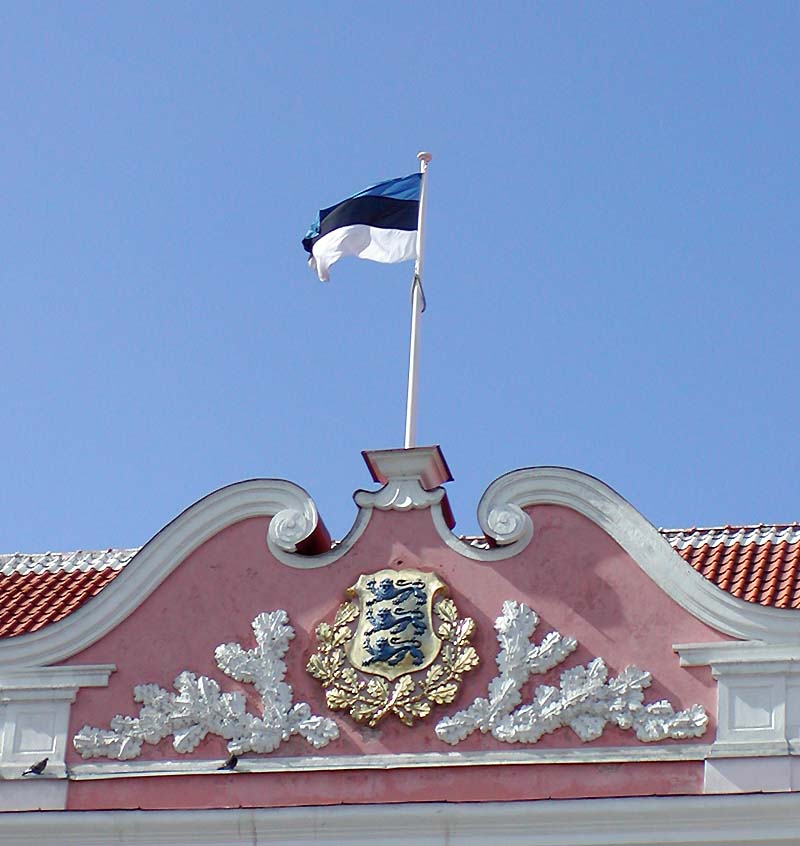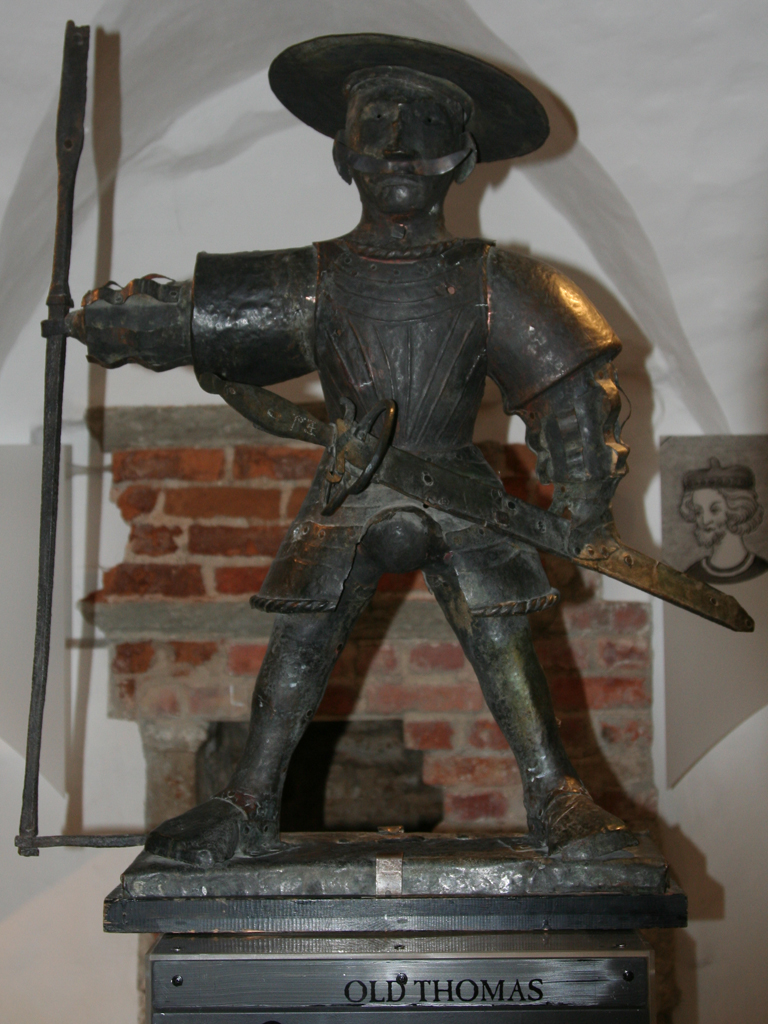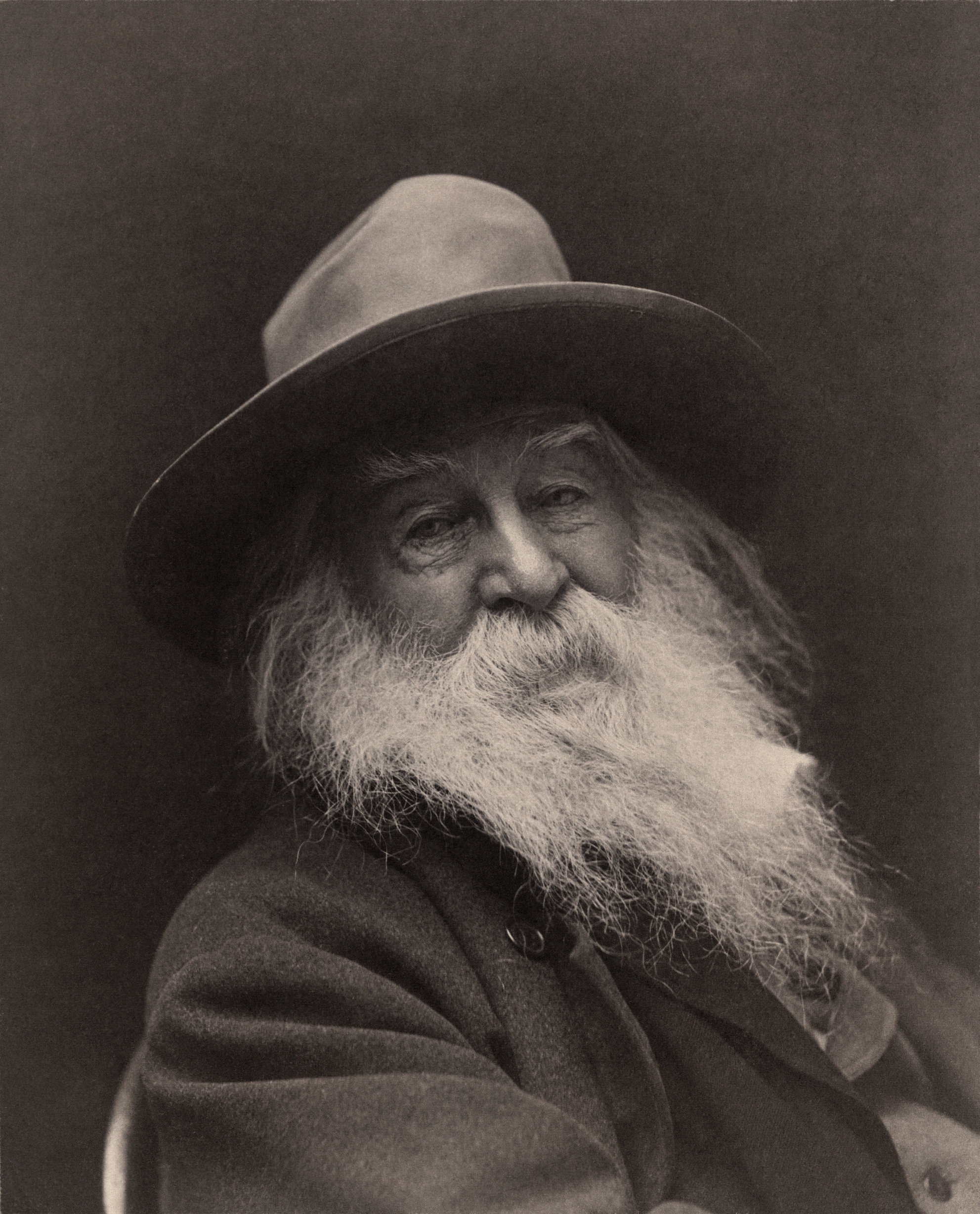|
National Symbols Of Estonia
The national symbols of Estonia are flags, coat of arms, icons or cultural expressions that are emblematic, representative or otherwise characteristic of Estonia or Estonian culture. Estonian flag The Estonian flag represents the Republic of Estonia. It is a blue-black-white 105x165cm rectangle. History of the flag The blue-black-white flag was first consecrated at Otepää on 4 June 1884, as the flag of the Estonian University Student Association. During the following years the blue-black-white flag became a national symbol. The flag was already used as state flag on 24 February, when Estonia declared independence. The Provisional Government of Estonia adopted a resolution on 21 November 1918, proclaiming the blue-black-white flag the state flag. The Law on State Flag was adopted by the Parliament (Riigikogu) on 27 June 1922. After the forcible annexation of Estonia by the Soviet Union in June, 1940, this flag was banned. The flag was created by Aleksander Mõtus. The color ... [...More Info...] [...Related Items...] OR: [Wikipedia] [Google] [Baidu] |
Estonian Flag Over Parliament
Estonian may refer to: * Something of, from, or related to Estonia, a country in the Baltic region in northern Europe * Estonians, people from Estonia, or of Estonian descent * Estonian language * Estonian cuisine * Estonian culture See also * * Estonia (other) * Languages of Estonia * List of Estonians This is a list of notable Estonians. Architects *Andres Alver (born 1953) *Dmitri Bruns (1929–2020) *Karl Burman (1882–1965) *Eugen Habermann (1884–1944) *Georg Hellat (1870–1943) *Otto Pius Hippius (1826–1883) * Erich Jacoby (1885–19 ... {{Disambiguation Language and nationality disambiguation pages ... [...More Info...] [...Related Items...] OR: [Wikipedia] [Google] [Baidu] |
Old Thomas
Old Thomas ( et, Vana Toomas) is one of the symbols and guardians of Tallinn (Reval), the capital of Estonia. A weather vane, the figure of an old warrior called Old Thomas was put on top of the spire of Tallinn Town Hall The Tallinn Town Hall ( et, Tallinna raekoda) is a building in the ''Vanalinn'' ("Old town") of Tallinn (Reval), Estonia, next to the Town Hall Square. The building is located in the south side of the medieval market square and is long. The we ... in 1530. According to the legend, the model for the weather vane was a peasant boy from the countryside who excelled at the springtime contests involving firing crossbow bolts at a painted wooden parrot on top of a pole, organized by, and for, Tallinn's wealthy citizenry. Unable to receive a prize because of his low-born status, Thomas was rewarded with the job of town guard for life. All his life, Thomas gave candy to the children in the Town Square, according to local legend. When he died, the children consta ... [...More Info...] [...Related Items...] OR: [Wikipedia] [Google] [Baidu] |
Tartu
Tartu is the second largest city in Estonia after the Northern European country's political and financial capital, Tallinn. Tartu has a population of 91,407 (as of 2021). It is southeast of Tallinn and 245 kilometres (152 miles) northeast of Riga, Latvia. Tartu lies on the Emajõgi river, which connects the two largest lakes in Estonia, Lake Võrtsjärv and Lake Peipus. From the 13th century until the end of the 19th century, Tartu was known in most of the world by variants of its historical name Dorpat. Tartu, the largest urban centre of southern Estonia, is often considered the "intellectual capital city" of the country, especially as it is home to the nation's oldest and most renowned university, the University of Tartu (founded in 1632). Tartu also houses the Supreme Court of Estonia, the Ministry of Education and Research, the Estonian National Museum, and the oldest Estonian-language theatre, Vanemuine. It is also the birthplace of the Estonian Song Festivals. Tar ... [...More Info...] [...Related Items...] OR: [Wikipedia] [Google] [Baidu] |
Taara
Taara (variations of the name include Tooru, Tharapita and Tarapitha), also known as Uku or Jumal, is a prominent god in Estonian mythology, with a strong resemblance to the Finnish Ukko and the Germanic Thor. History The Chronicle of Henry of Livonia mentions Tharapita as the superior god of the Oeselians (inhabitants of Saaremaa), also well known to Vironian tribes in northern Estonia. According to the chronicle, when the crusaders invaded Vironia in 1220, there was a beautiful wooded hill in Vironia, where locals believe Tharapita was born and from which he flew to Saaremaa. The hill is believed to be the Ebavere Hill (''Ebavere mägi'') in modern Lääne-Viru County. Tharapita also inspired an Estonian neopagan movement, known as '' taaralased'' or '' taarausulised''. In the middle of the 19th century, Taara became popular in the national movement, as an anti-German and anti-Lutheran symbol, and creators of Estonian pseudomythology made Taara the supreme god of the Eston ... [...More Info...] [...Related Items...] OR: [Wikipedia] [Google] [Baidu] |
Kaitseliit Tallinna Malev
The Estonian Defence League ( et, Eesti Kaitseliit) is the name of the unified paramilitary armed forces of the Republic of Estonia. The Defence League is a paramilitary defence organization whose aim is to guarantee the preservation of the independence and sovereignty of the state, the integrity of its land area and its constitutional order. The Defence League possesses arms and engages in military exercises, fulfilling the tasks given to it by the law. The organization is divided into 4 Territorial Defence Districts that consist of 15 Defence League regional units, called malevs, whose areas of responsibility mostly coincide with the borders of Estonian counties. Mission The Defence League is a voluntary military national defence organisation, which acts in the area of government of the Ministry of Defence. The Defence League possesses arms and engages in military exercises. The main goal of the Defence League is, on the basis of the citizens’ free will and initiative, to ... [...More Info...] [...Related Items...] OR: [Wikipedia] [Google] [Baidu] |
Rudolf Tobias
Rudolf Tobias ( – 29 October 1918) was the first Estonian professional composer, as well as a professional organist. He studied at the Saint Petersburg Conservatory. His compositions include among others piano works, string quartets and an oratorio, '' Des Jona Sendung'' (Jonah's Mission) (1908, revised and premiered 1909, later reconstructed by Vardo Rumessen). Early life Rudolf Tobias was born in Selja, Käina Parish, on the island of Hiiumaa. He was the son of local parish clerk Johannes Tobias and his wife Emilie. Tobias received his first musical training from his father. Under his father's tutelage, he began musical training at an early age and composing his first composition exercises from 1882 when he was 9 years old. In 1885 he entered the Haapsalu school and studied piano under Catharina von Gernet, a local pianist. After he graduated, Tobias moved with his parents to Kullamaa, where his father had become the parish clerk. In 1889 Tobias entered Tallinn Nicolai ... [...More Info...] [...Related Items...] OR: [Wikipedia] [Google] [Baidu] |
Lydia Koidula A-37-3152
Lydia ( Lydian: 𐤮𐤱𐤠𐤭𐤣𐤠, ''Śfarda''; Aramaic: ''Lydia''; el, Λυδία, ''Lȳdíā''; tr, Lidya) was an Iron Age kingdom of western Asia Minor located generally east of ancient Ionia in the modern western Turkish provinces of Uşak, Manisa and inland Izmir. The ethnic group inhabiting this kingdom are known as the Lydians, and their language, known as Lydian, was a member of the Anatolian branch of the Indo-European language family. The capital of Lydia was Sardis.Rhodes, P.J. ''A History of the Classical Greek World 478–323 BC''. 2nd edition. Chichester: Wiley-Blackwell, 2010, p. 6. The Kingdom of Lydia existed from about 1200 BC to 546 BC. At its greatest extent, during the 7th century BC, it covered all of western Anatolia. In 546 BC, it became a province of the Achaemenid Persian Empire, known as the satrapy of Lydia or ''Sparda'' in Old Persian. In 133 BC, it became part of the Roman province of Asia. Lydian coins, made of silver, are among ... [...More Info...] [...Related Items...] OR: [Wikipedia] [Google] [Baidu] |
National Poet
A national poet or national bard is a poet held by tradition and popular acclaim to represent the identity, beliefs and principles of a particular national culture. The national poet as culture hero is a long-standing symbol, to be distinguished from successive holders of a bureaucratically-appointed poet-laureate office. The idea and honoring of national poets emerged primarily during Romanticism, as a figure that helped consolidation of the nation states, as it provided validation of their ethno-linguistic groups. Most national poets are historic figures, though a few contemporary writers working in relatively new or revived national literatures are also considered "national poets." Though not formally elected, national poets play a role in shaping a country's understanding of itself. Some nations may have more than one national poet; the idea of a single one is always a simplification. It has been argued that a national poet "must write poetry that close ... [...More Info...] [...Related Items...] OR: [Wikipedia] [Google] [Baidu] |
Friedrich Reinhold Kreutzwald
Friedrich Reinhold Kreutzwald ( – ) was an Estonian writer who is considered to be the father of the national literature for the country. He is the author of Estonian national epic ''Kalevipoeg''. Life Friedrich Reinhold Kreutzwald's parents were serfs at the Jömper estate, Governorate of Estonia, Russian Empire (in present-day Jõepere, Lääne-Viru County). His father Juhan worked as a shoemaker and granary keeper and his mother Anne was a chambermaid. After liberation from serfdom in 1815, the family was able to send their son to school at the Wesenberg (present-day Rakvere) district school. In 1820, he graduated from secondary school in Dorpat (present-day Tartu, Tartu County, Estonia) and worked as an elementary school teacher. In 1833, Kreutzwald graduated from the Faculty of Medicine at the Imperial University of Dorpat. Kreutzwald married Marie Elisabeth Saedler on 18 August the same year. From 1833 to 1877, he worked as the municipal physician in Werro (p ... [...More Info...] [...Related Items...] OR: [Wikipedia] [Google] [Baidu] |





